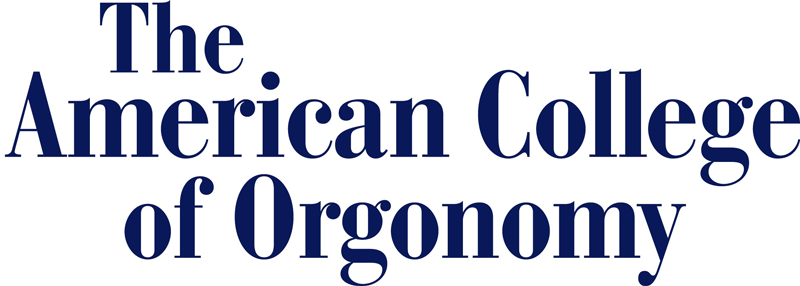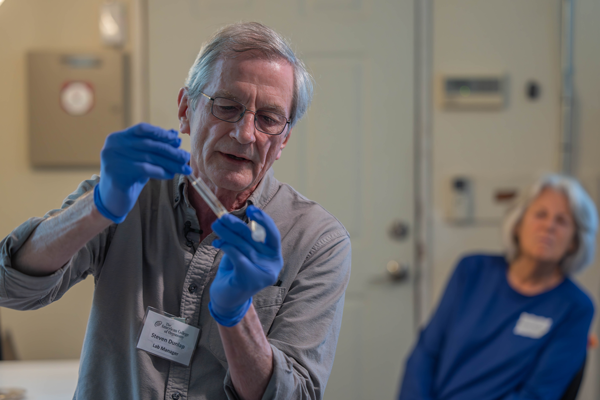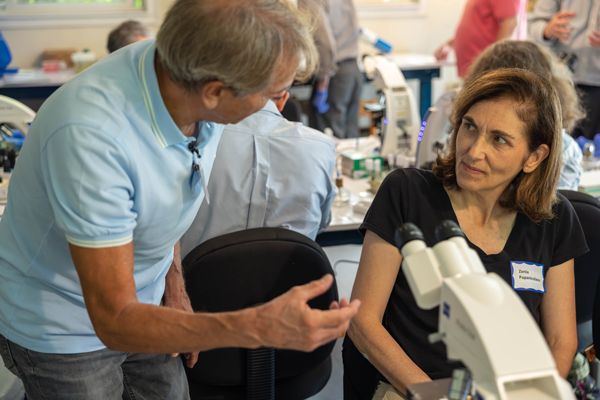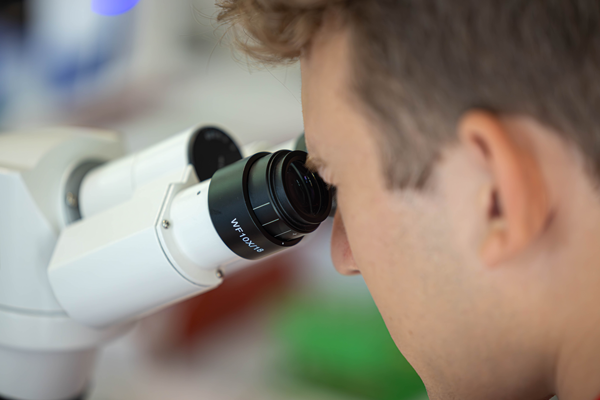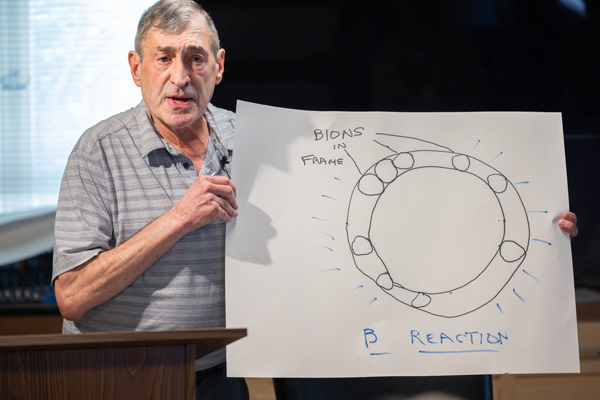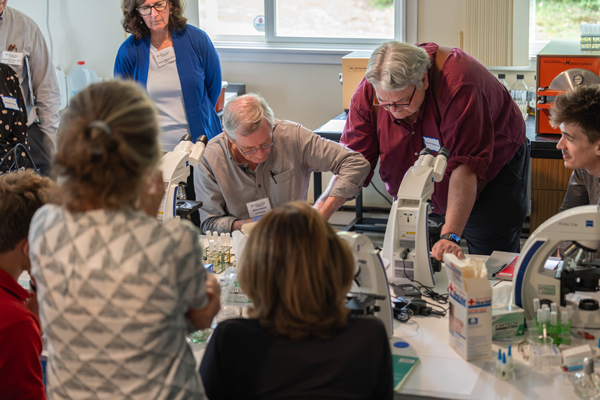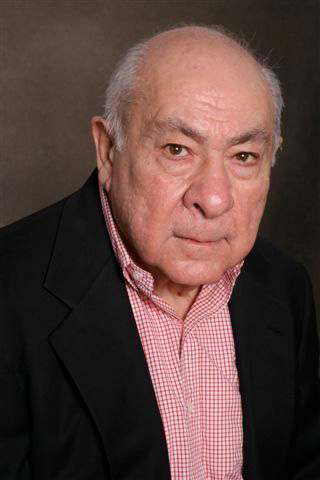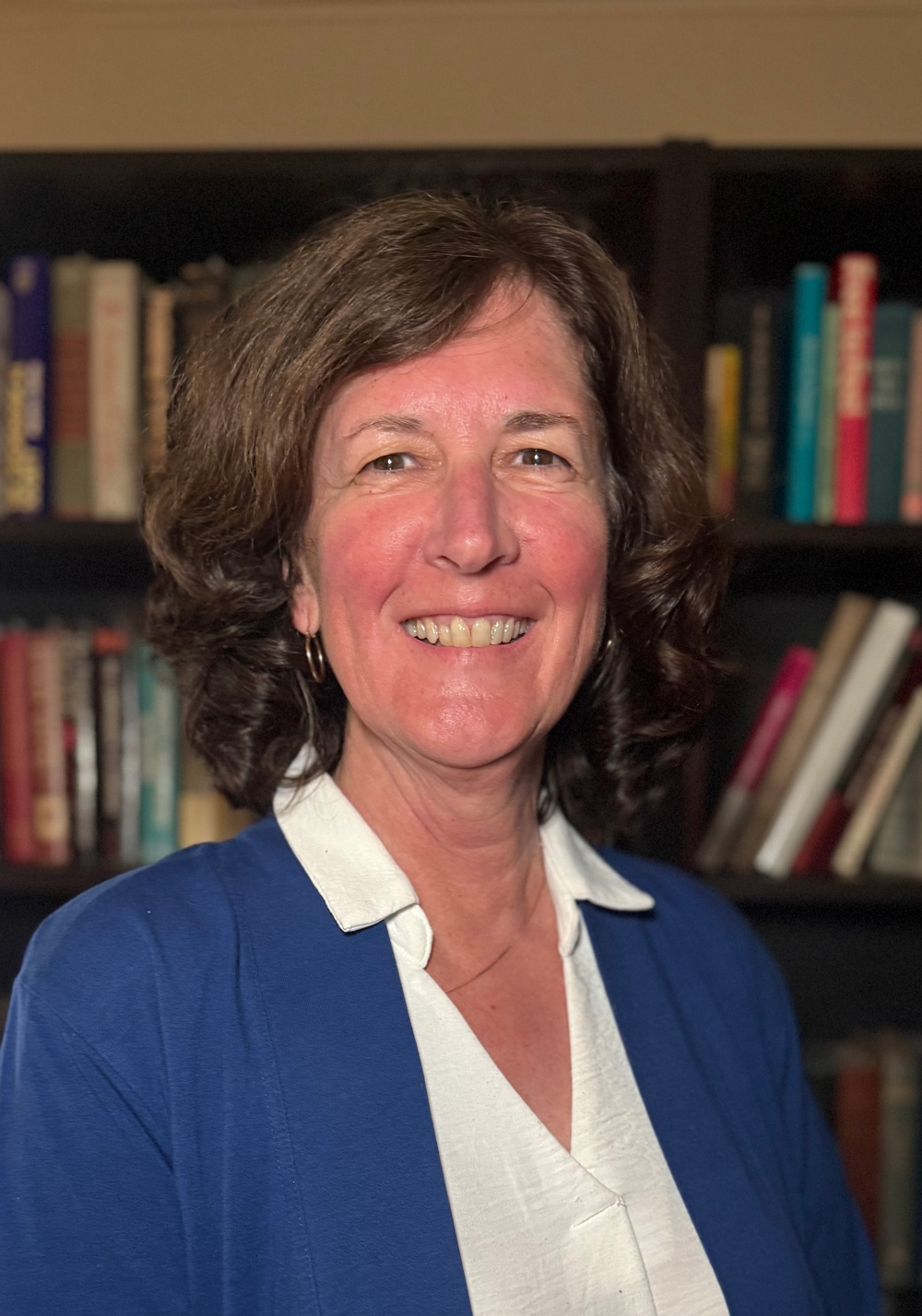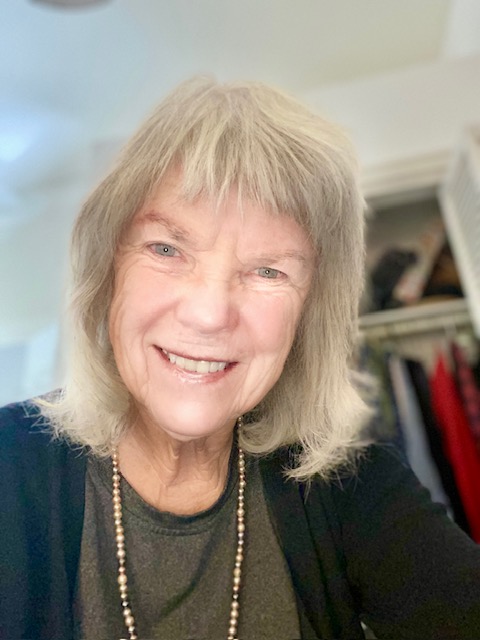Introductory + Advanced Laboratory Workshops
Hands-on experience with orgonomic principles in action.
What are Laboratory Workshops?
The American College of Orgonomy offers immersive laboratory training workshops designed to provide firsthand experience with key orgonomic phenomena. Whether you’re a newcomer or continuing your studies, these sessions blend practical experiments with foundational theory.
What You’ll Learn
- Observation of energy phenomena in physical systems
- Basics of orgone energy accumulation and visualization
- Application of orgonomic methods in a lab setting
Who Should Attend?
Open to professionals, students, and anyone with a serious interest in orgonomy. No prior lab experience is required—just curiosity and a willingness to observe and learn.
Our Workshops
The workshop is organized under the direction of Dee Apple, Ph.D. The teaching staff includes Drs. Dee Apple, Howard Chavis, Alberto Foglia, and Peter Crist; Mr. Steven Dunlap; and Mr. Jack Sargent. The fee for the introductory workshop is $500.
The workshop is organized under the direction of Dr. Peter Crist. The fee for the advanced workshop is $1,000.
Space is limited. Early registration is encouraged.

I would recommend this course to anyone who would like a basic understanding of orgonomy.
Robert G.
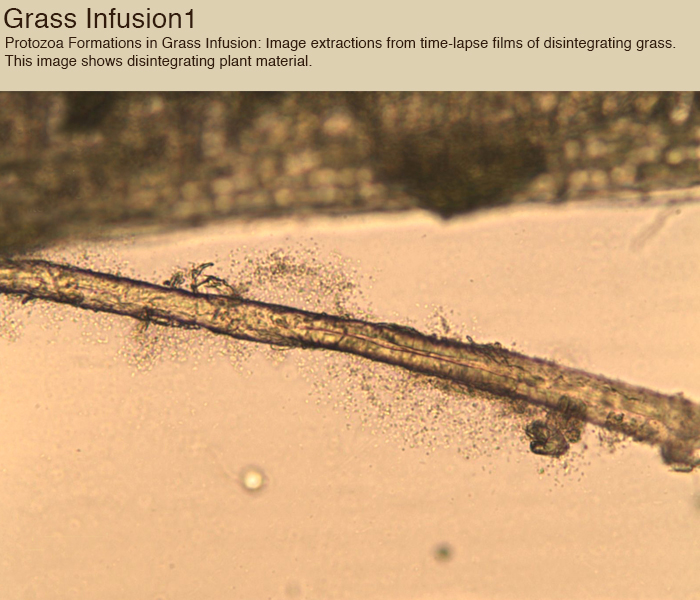
Additional Resources
YouTube
Explore valuable resources, educational content, and expert discussions on orgonomy and emotional health by subscribing to The American College of Orgonomy’s YouTube channel.
Podcasts
Expand your understanding with The American College of Orgonomy’s podcast, featuring key concepts and real-life insights in orgonomy for patients, doctors, and professionals alike.
Books
Explore a comprehensive collection of books from The American College of Orgonomy, offering in-depth knowledge, research, and insights to deepen your understanding of orgonomy.
The Journal
The Journal of Orgonomy is published semiannually by the American College of Orgonomy Press. The Journal contains articles on clinical case studies and theory, innovative physical and biological research and social sciences.
Sciences
The ACO explores the many sciences encompassed by orgonomy, advancing knowledge in biology, physics, psychiatry, medicine, and social science through research, education, and practical application.
Laboratory Workshops
The American College of Orgonomy offers hands-on laboratory workshops to deepen understanding of orgonomic phenomena, combining practical skills with key theoretical insights and real-world applications.
Online Study Group
Join our online Readings in Social Orgonomy group to explore key social and psychological themes through guided discussions. Engage with others in thoughtful, in-depth conversations led by expert moderators.
Sociopolitical Discussion
Open to anyone curious about the intersection of psychology and politics, our Sociopolitical Discussion Group is where people come together to explore how our emotions, character, and energy affect society, politics, and culture.
Webinars
These live webinars present in-depth discussions led by ACO therapists on vital themes in emotional health, therapeutic practice, and social orgonomy, supported by meaningful case material.
News
Explore news, announcements, and in-depth insights from The American College of Orgonomy. Stay informed about our ongoing work, new publications, and developments in the field of orgonomy.
Events
Discover upcoming lectures, webinars, workshops, training, and more sessions hosted by The American College of Orgonomy. Join us to learn, connect, and engage with others interested in various aspects of orgonomy.
